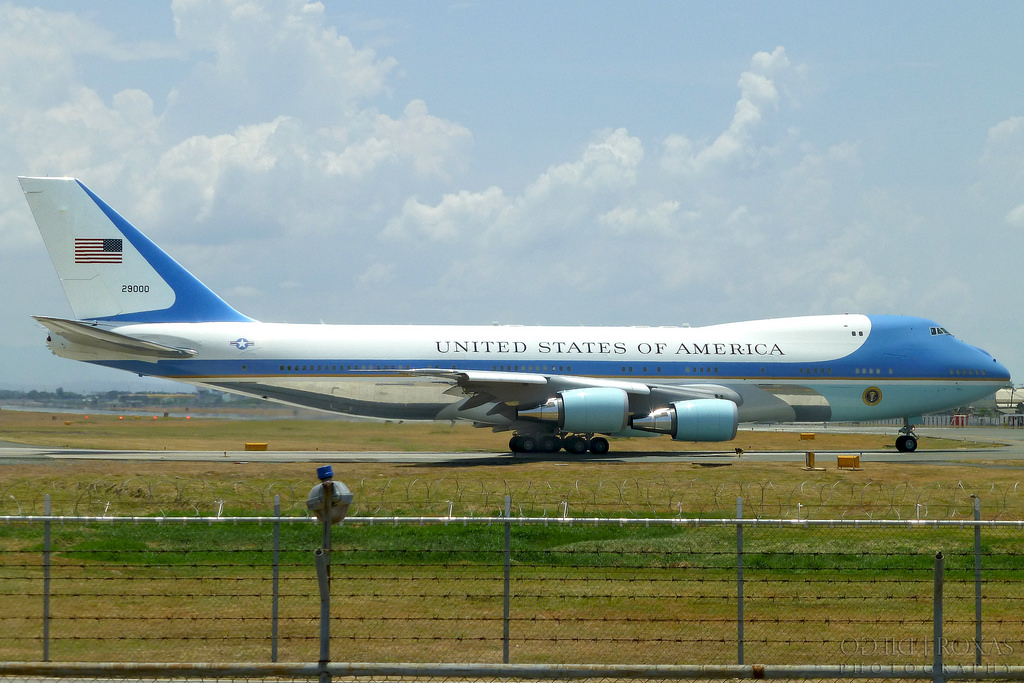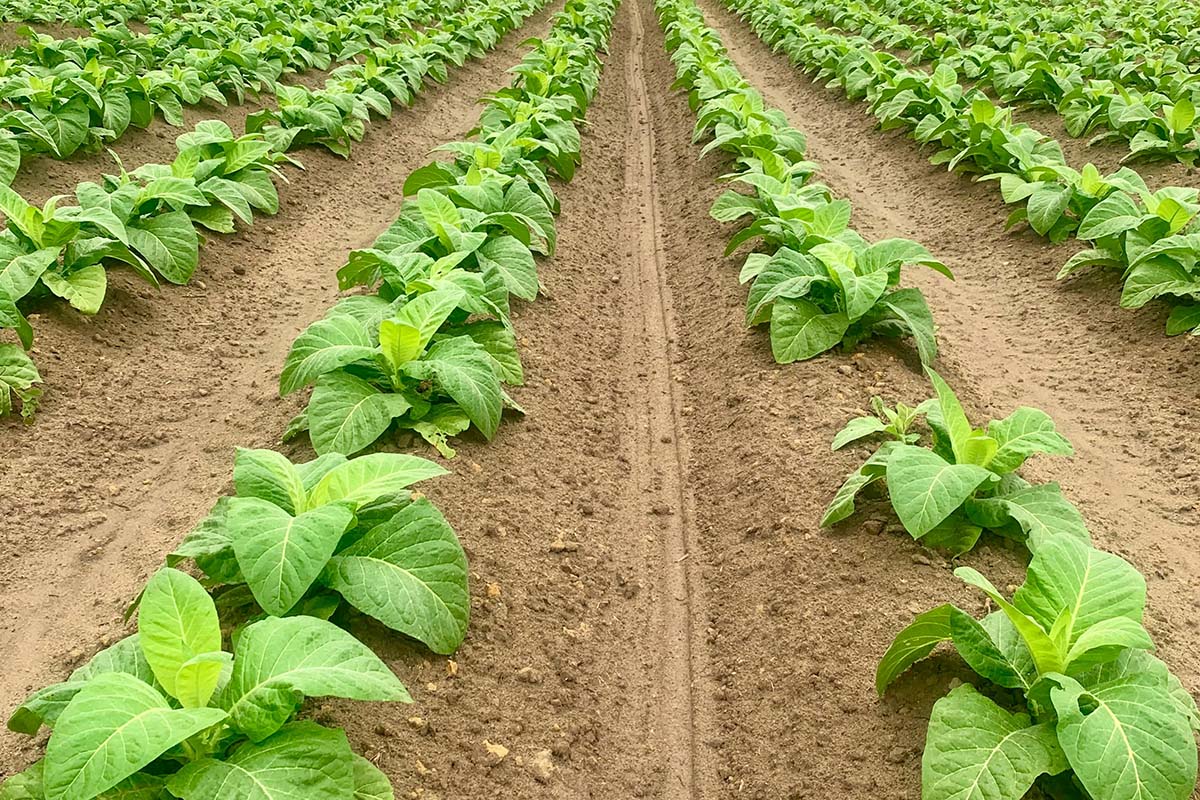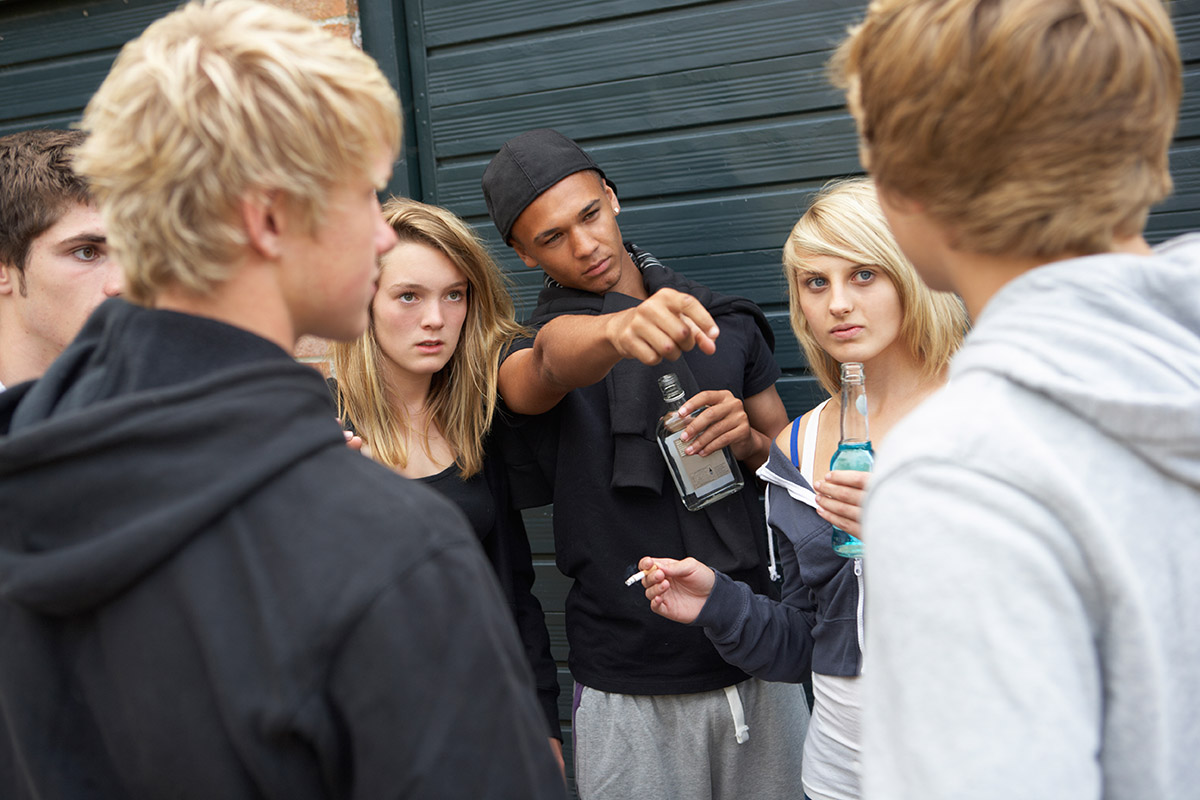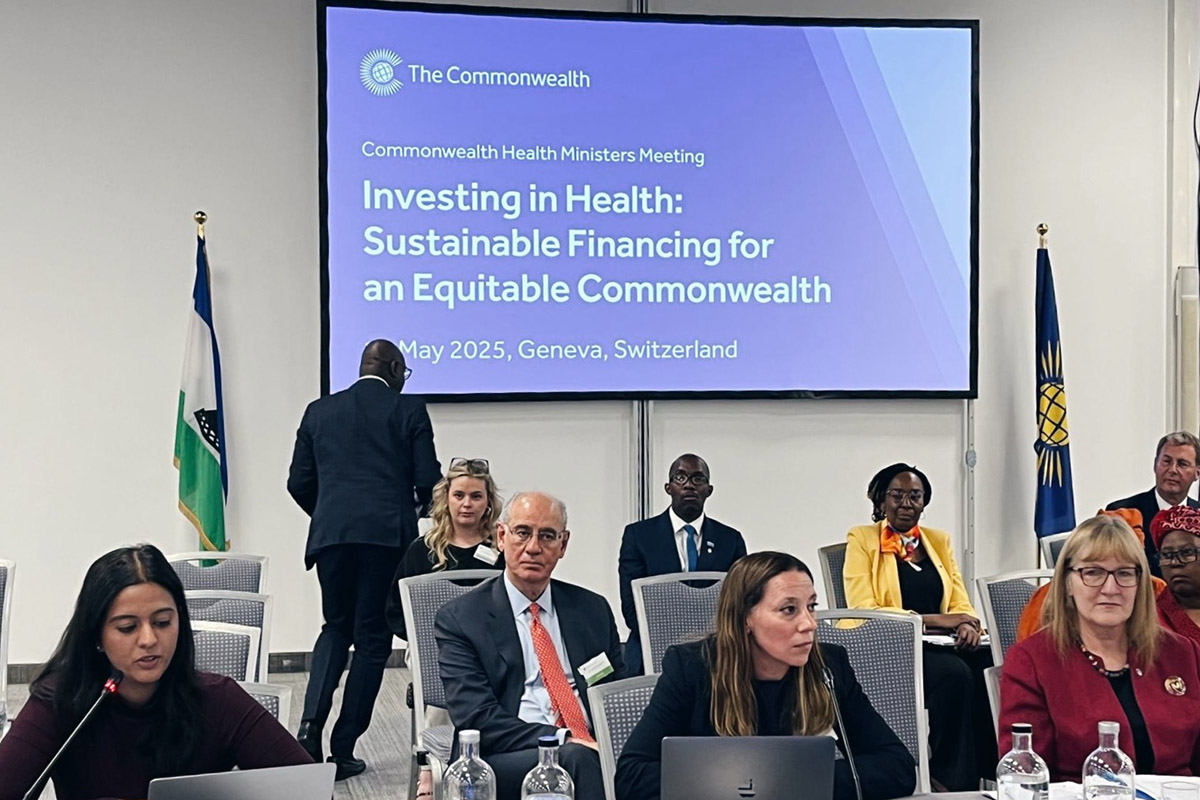“Trump’s historic visit to Saudi Arabia”
May 30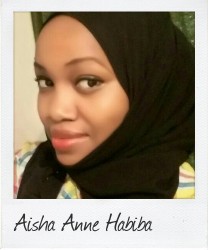 The president of the USA visited Saudi Arabia on his recent international mission. Aisha Anne Habiba, 27, a Correspondent from Mombasa in Kenya, looks at what that visit might mean for future relations between the two countries.
The president of the USA visited Saudi Arabia on his recent international mission. Aisha Anne Habiba, 27, a Correspondent from Mombasa in Kenya, looks at what that visit might mean for future relations between the two countries.
Following the omission of the Kingdom of Saudi Arabia from US President Donald Trump’s infamous executive order limiting immigration that banned seven majority Islamic countries, the United States leader chose the Kingdom for his initial international foray. Trump’s maiden trip abroad signifies his administration’s policy priorities and an attempt to further reinforce US-Saudi relations.
The two countries are bound by military links, but ties with the oil rich Kingdom have been fraying, especially since the Joint Comprehensive Plan of Action between Iran and the P5+1 ( the permanent members of the United Nations Security Council) and the European Union. The Western recognition of Iran’s regional hegemony aggravated other Gulf States, including Saudi Arabia, who believe that thwarting Iran’s regional influence would increase their chances of better nuclear deals.
Trump’s visit symbolises his willingness to galvanise traditional alliances with Saudi Arabia. It signifies a “historical turning point “ between the United States and the Islamic Kingdom and sends a powerful message home: that the US is not anti-Islam. This is opposed to his controversial and seemingly alienating statements and inflammatory rhetoric on Islam during his presidential campaigns.
Despite this, Trump was accorded a royal welcome as King Salman met him at the airport. This is in contrast with former POTUS Obama’s chilly and low-key reception in April 2016. Trump had on several occasions suggested that Saudi Arabia was one of the masterminds behind 9/11 and the religious fundamentalist dogma that supported ISIS’s ideology. Concerns have also been raised considering Saudi Arabia’s abysmal human rights records and military intervention in the Yemen civil war. It is not surprising that the climax of Trump’s visit was his speech on violent extremism.
The president underlined the need to confront violent extremism by delivering a relatively conventional speech. He called for the joining of forces by Middle Eastern states and the US in coming up with a coherent counter narrative in the fight against radicalisation rhetoric. He publicly acknowledged that Islam was not the enemy as he clearly pointed out the distinction between religion and terrorism, appealing to the ideals of a “common civilisational front” and democracy. He achieved this despite a few slip ups where he used the antagonistic phrase “Islamic extremism” instead of the less antagonistic “Islamist extremism”.
A $110 billion package of new arms deals, the largest arms deal ever made in US history, was signed in a collaborative effort to bolster support in the fight against Islamic State militants. This happened amid erupting protests in Yemen’s capital, Sanaa, following Yemen’s civil war between Houthi rebels and Yemen’s Saudi-backed government that led to bombing of civilians. Other agreements discussed included enhancing Saudi Arabia’s cyber defense and securing its borders.
However, while the visit has marked a paradigm shift across all military, economic, political and security fields, Trump evaded the subject of human rights, including Saudi’s pulverization of Yemen. Human rights dialogue were a constant with Trump’s predecessors Bush and Obama as they made numerous references to democracy, human dignity and women empowerment. Ivanka Trump was perhaps more direct about women empowerment when she held a round table discussion regarding Saudi women’s status and economic advancement .
Saudi leaders seem to have recalibrated their views regarding Trump and now perceive him as expedient, rather than controversial. However, his trip is still overshadowed by a breadth of controversies including the firing of FBI Director amid escalating Russia scandals. Many wonder if he will be able to push his agenda through.
photo credit: Diego Roxas Air Force One Boeing VC-25 (747-2G4B) 29000 / 92-9000 Pre-Departure at NAIA via photopin (license)
…………………………………………………………………………………………………………………
About me: Working as a Gender, Communications and Research Assistant at an NGO, my passion is to inspire positive and sustainable breakthrough in the livelihoods of vulnerable women and children dealing with diminished status. I am ardent about the eradication of poverty caused by gender inequality because I believe that poverty is sexist. My ultimate goal is to be the next Wangari Maathai, an activist-writer who would pioneer a women’s movement aimed at lobbying for improved socioeconomic rights for women.
…………………………………………………………………………………………………………………
Opinions expressed in this article are those of the author and do not necessarily represent the views of the Commonwealth Youth Programme. Articles are published in a spirit of dialogue, respect and understanding. If you disagree, why not submit a response?
To learn more about becoming a Commonwealth Correspondent please visit: http://www.yourcommonwealth.org/submit-articles/
…………………………………………………………………………………………………………………
